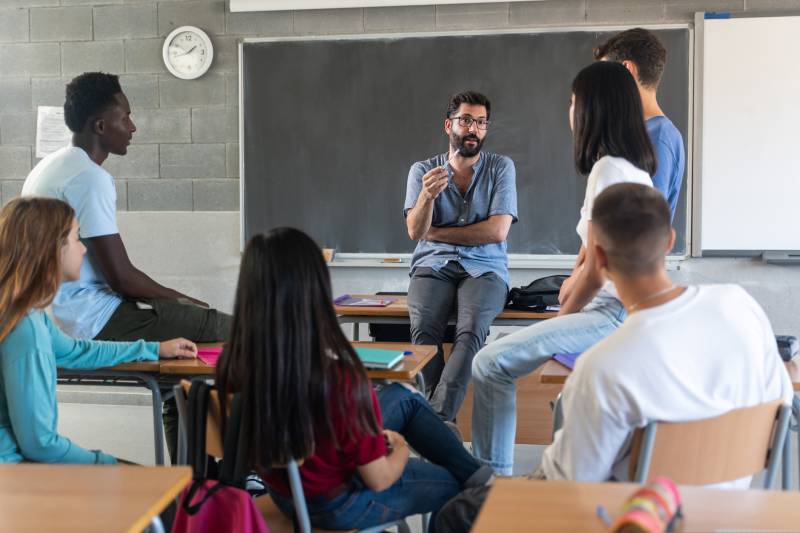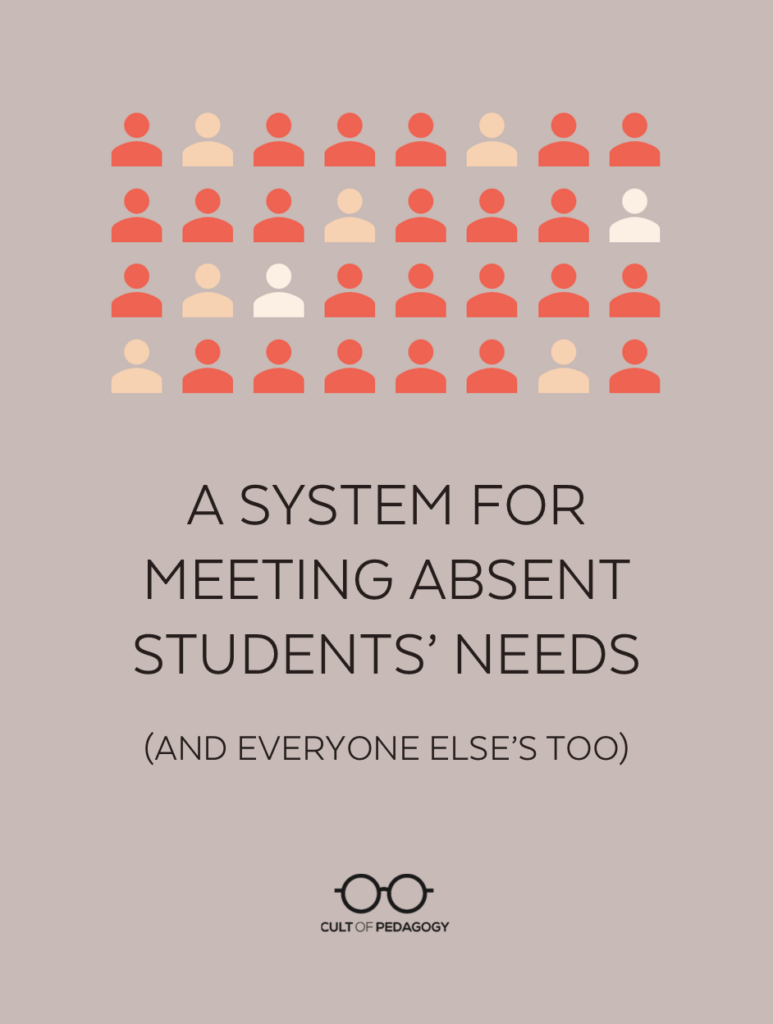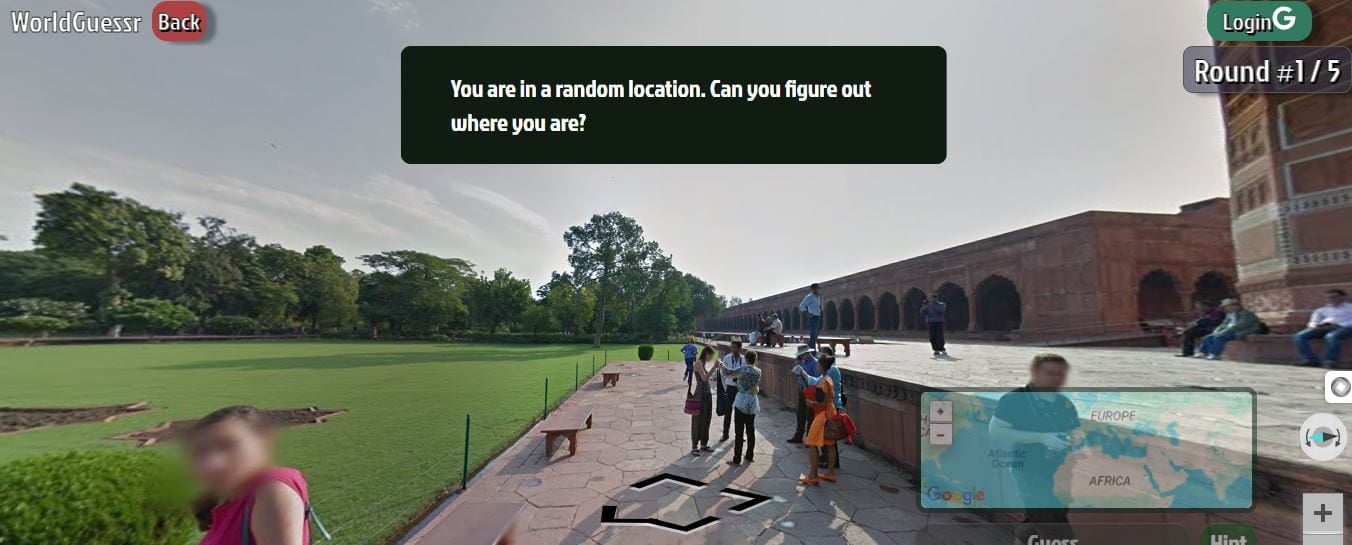Every year, K-12 schools across the country welcome hundreds of thousands of newcomers – foreign-born students who have migrated, are seeking asylum, are refugees, are undocumented or are unaccompanied – into their classrooms. Among the multitude of challenges that these students face is entering a completely new education system, often in a language that is unfamiliar. But the strain is also felt by teachers both in general education and English language acquisition classrooms.
Newcomer students in today’s global context present “nuances that make it particularly important for the educators to have support to be able to serve these children and their families in the best way possible,” said Luisiana Melendez, a clinical professor at the Erikson Institute in Chicago. From his own teaching experience, Sam Finn, who is currently director of Newcomer Policy and Practice at Californians Together, said that burnout happens when educators are forced to overextend their time in the classroom to accommodate newcomers in a system that does not prioritize those students. According to Melendez, “Educators are at the center of what can be done, but they need the support and the connections and the ability to network because they can’t do it alone.”
Teachers with newcomer students in their classroom need to receive proper professional support in order to effectively welcome these students. Although English language acquisition has traditionally been the data marker for newcomer student success, Jessica Lander, a high school teacher and author of Making Americans, wants to see the definition of newcomers’ academic success broaden.
According to Melendez, Lander and Finn, developing school-wide intake systems and creating support networks for educators are two ways schools can support teachers so they can support newcomer students.
Expanding the definition of newcomer students
Historically, a newcomer student has been defined as any immigrant who has arrived in the U.S. educational system without a working knowledge of English, according to Melendez. Today that may mean a child or teenager who has refugee status or has recently arrived in the United States and been transported to a sanctuary city, Melendez explained. These students may or may not know English, but they have “probably experienced quite a lot of trauma,” and are adjusting to “a new educational system, a new learning system, a new language,” she continued.
Lander said defining newcomer students primarily in relation to language acquisition tends to promote a deficit approach to the student’s capacity to learn and contribute, “and our kids internalize that.” Teachers can also internalize deficit frameworks and lower their expectations for these students. “I see, too often, the equating of English acquisition with intelligence,” said Lander. “How do we reframe how we’re thinking about our kids in a strength-based model [and center] those things they bring versus those things they lack?”
According to Finn, who previously taught elementary grades in Oakland, most school districts do not collect data specifically about newcomer students beyond their inclusion in English learner data. “On the most basic level, many districts are not really able to serve their newcomers because they don’t even identify them as a specific group,” Finn said. Making sure that educators are familiar with the data collection systems and definitions in their schools and districts is one way to draw attention to the population of newcomers, he added.
Creating school-wide intake systems
School districts don’t have a standardized approach to intake and introduction for newcomer students beyond the first few hours at school, according to Lander. In her classroom, classmates often step into an informal mentoring role by giving newer students a building tour, accompanying them to lunch, or explaining school procedures in a more familiar language. “One of the many strengths that I see my students bring to our classrooms is their generosity and their deep commitment to each other,” Lander said.
But individual students and educators shouldn’t be left to create comprehensive systems of intake for newcomer students. In Making Americans, Lander highlighted a school with a more in-depth welcome process. At The International High School at Langley Park, Maryland, a school designed for immigrant-origin students, intake forms asks questions beyond the basics, such as:
What are some of your most positive and negative memories from school?
What do you like to do in the afternoon?
When schools create intentional systems for intake and orientation of newcomer students, it lightens the individual load on students and teachers, Lander said.
Creating support networks for educators
Newcomers “need time to, feel secure, feel safe, [and] develop a relationship with their educators and with their peers,” said Melendez. In order to welcome newcomer students adequately, educators need to be supported in understanding the educational and social-emotional context that their newcomer students are coming from. Personnel like social workers, counselors and educators that assist with one-on-one learning can help teachers navigate curricular and cultural differences for their newcomer students.
Proactive support for educators also can consist of professional development and informational sessions with local advocacy organizations where educators are allowed time to have their questions answered, Melendez said. According to Finn, the services needed to support vulnerable newcomer students are often beyond the capacity of teachers and schools to support. One way schools and districts can alleviate the overwhelm placed on individual educators is to work with community-based organizations, like Refugee and Immigrant Transitions, that are dedicated to supporting these families. Finn also recommended that administrators and educators look to the U.S. Department of Education’s Newcomer Toolkit, which provides professional learning and development resources, and the California Newcomer Network, which hosts webinars focused on education practice.
While visiting classrooms that center newcomer students across the country, Lander noticed a lack of connection between individual schools, districts, educators and organizations. One educator featured in Making Americans, Mayra Hayes, director of English Learners in Guilford County Schools in North Carolina, provided an example of how to counter that pattern. Hayes developed a district-wide educator support network. As part of her programming, she created a network of English learner educators and general education teachers who might be looking for more support when it comes to their immigrant-origin students. Hayes also developed a newsletter highlighting and distributing new lessons and classroom strategies for teachers across the district. According to Lander, after these efforts, the district saw a drastic transformation of reading expectations for newcomer students, as well as improvements to district-wide test score outcomes.
For Lander it is powerful to see other educator’s ideas and classrooms. As she returned to her own classroom after her book research, she was inspired to implement many of the strategies that she saw in practice across the country. “I revamped and reimagined and rethought so much of my curriculum,” she said. That kind of idea-sharing and connection could benefit all educators as they work to support newcomer students.
School-wide intake systems and educator support networks can lighten the load so educators can focus on teaching newcomer students. MindShift









